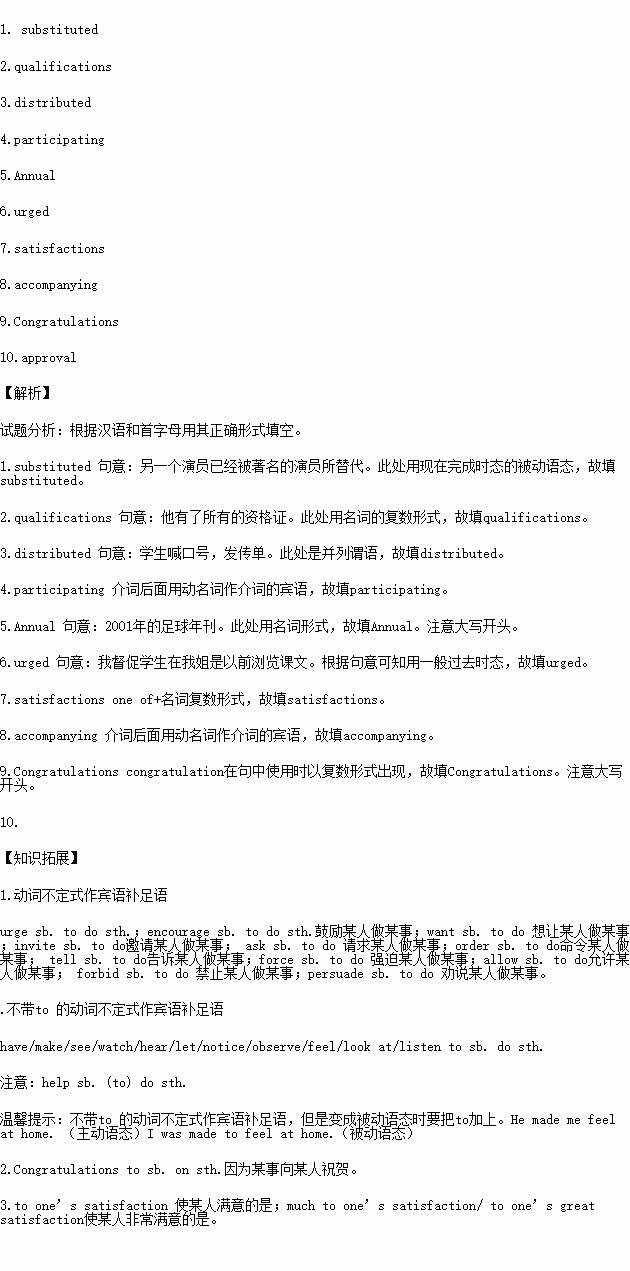For a long time, the traditional method of identifying liars was to watch their body language, including facial expressions.
What if the person appears to be nervous? Is the person unable to look me in the eye? Is he or she look around the room? What about other nervous movements, such as fidgeting(坐立不安)or shifting from side to side? Many people—from parents to police officers and airport security personnel—depend on this method. But does a person’s body and face reveal the truth? Not according to a new study.
Talking, it seems, is the best way to smoke out a liar. That is what researchers in the United Kingdom found out recently. Their investigation took place at one place where lying can get you into big trouble—an airport.
The researchers asked volunteers to pretend they were real passengers and then lie to airport security agents. Some of the agents used spoke conversation-based methods to question these make-believe passengers. Others depended instead on the person’s body language, like lack of eye contact and showing signs of nervousness. The agents talking with the passengers were 20 times more likely to catch the liars. The study found that these conversation-based techniques can help you recognize when a person is lying to you. Like many methods, this conversation method has a name. It is called Controlled Cognitive Engagement or CCE, for short.
The British government partly financed this study. The American Psychological (APA) published the findings. Body language cannot be trusted. Using body language and facial expressions to catch someone in a lie is really hard. And it only works, seemingly, by chance.
Thomas Ormerod is the head of the School of Psychology at the University of Sussex in England. On the APA website, he reported that the “suspicious-signs method”—or using body language—“almost completely fails” in finding lies.
1.What are the questions in Paragraph 2 intended to do?
A. Show traditional ways to recognize a liar.
B. Launch a survey among readers.
C. Show the writer’s puzzlement.
D. Invite the readers to think twice.
2.What should volunteers in the investigation do?
A. Answer questions only using words.
B. Pretend to be airport security agents.
C. Act as passengers as researchers required.
D. Communicate with researchers by talking.
3.Which would be the best way to find out a liar according to the study?
A. Looking him in the eye.
B. Asking open-ended questions.
C. Making use of body language.
D. Observing his facial expression.
4.What will the author continue to talk about based on the passage?
A. Misunderstandings of catching a liar.
B. The “suspicious-signs” method.
C. How the CCE method works.
D. The new concept of CCE.
 名校课堂系列答案
名校课堂系列答案
